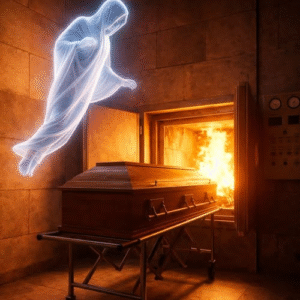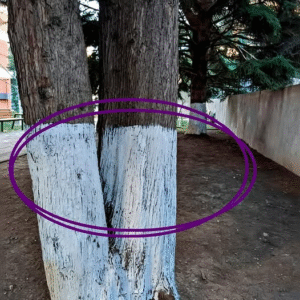A Hidden World Beneath the Ice
In Antarctica’s frozen wilderness, a bold yet simple experiment uncovered a stunning hidden world. Austin Carter, a researcher with the Center for Old Ice Exploration (COLDEX), lowered an action camera into a borehole 93 meters deep.
What it captured left scientists and the public in awe. The footage offered a rare, mesmerizing view of the ice beneath the surface—and revealed secrets locked away for millions of years.
A Camera’s Descent and Its Scientific Value
The experiment took place in the Allan Hills Blue Ice Area, known for holding some of the world’s oldest ice. Although the borehole had been drilled years ago for ice core sampling, Carter saw new potential.
He repurposed it. He dropped a camera inside, filming its descent through ancient layers of ice. The deeper it went, the more breathtaking the view. Smooth, translucent walls shimmered in the dim light, creating a tunnel-like effect—like a portal through time.
These layers preserve Earth’s climate history. As the camera traveled downward, it silently told the story of a changing planet.
Ancient Ice, Timeless Clues
Some ice cores from this region date back 2.7 million years—long before humans walked the Earth. These frozen layers trap ancient air bubbles that act as time capsules.
By analyzing them, scientists track changes in temperature, greenhouse gases, and environmental patterns. This data is essential to understanding how Earth’s climate has evolved—and how it may change in the future.
A Rare Visual Perspective
Though scientists have studied ice cores for decades, actually seeing inside a borehole is rare. Most research relies on extracted samples. This footage offered something new: a direct view of ice in its natural state.
Researchers observed layers of compacted snow, clear ice, fractures, and bubbles. The smooth walls showed signs of slow movement, shaped by the enormous pressure from above.
Sparking Curiosity and New Ideas
This simple camera drop caught global attention. It offered a fresh look at how glaciers form, move, and change. Many imagine glaciers as frozen in place—but they’re alive, constantly shifting under stress and temperature.
The visuals added emotional and scientific value. The glowing, blue-tinted ice looked otherworldly. It felt like a journey through deep time—a view few ever get to see.
Looking Ahead: New Tools for Ice Research
This experiment may lead to more. Cameras can reveal things ice cores cannot. Future projects could use advanced imaging tools to explore deeper, inspect boreholes visually, and choose better drilling sites.
This could reduce risks, improve results, and enhance the efficiency of Antarctica research.
Antarctica’s Role in Climate Science
Antarctica holds the Earth’s most important climate records. Its ice reflects sunlight and helps keep global temperatures stable. If it melts, sea levels rise, and extreme weather may follow.
That’s why Antarctica Discoveries matter. They help scientists understand past climate cycles and predict what lies ahead.
A Glimpse Into the Unknown
This camera drop was small—but powerful. It blended curiosity with science and revealed a breathtaking hidden world.
There’s still so much beneath the ice we haven’t seen. With continued exploration, projects like this will unlock more answers about our planet’s past, present, and future.
For now, one simple camera has given us a window into a world frozen in time.





